Author: Marshall Schott
Typically associated with the spring season, Helles Bock is a relative newcomer to the German lager family that also goes by the moniker Maibock, though there’s some contention as to whether these are distinct styles. In any event, Helles Bock can be thought of as a stronger Munich Helles or a paler Bock that also shares some similarities with Festbier.
Like other pale lagers, Helles Bock generally starts with a decent charge of Pilsner and/or Vienna malts along with a splash of Munich malt to add a touch of character. Noble hops tend to be used earlier in the kettle to achieve a proper level of bitterness while imparting little to no hop aroma, and a traditional lager yeast strain is used to produced a clean fermentation profile. Ultimately, malt is the star of the show with Helles Bock, which the BJCP describes as follows:
A relatively pale, strong, malty German lager beer with a nicely attenuated finish that enhances drinkability. The hop character is generally more apparent than in other bocks.
Like other traditional European styles, finding good examples of Helles Bock in the United States can be difficult, as it’s a rare offering in most domestic craft breweries and bottles of classic German examples are often a bit long in the tooth. While folks can certainly brew one up for themselves, the recommended approach may be viewed as time-consuming and complicated. I personally prefer more sessionable beers but recently had a hankering for something with a tad more oomph, so I decided to see what would happen if I brewed a Helles Bock using more questionable methods.
| BREWING THE BEER |
This being my first go at the style, my recipe was inspired in equal parts by what I read in the BJCP guidelines, a couple recipes I found online, and the ingredients I had in my garage at the time.
Short & Shoddy Helles Bock
Recipe Details
| Batch Size | Boil Time | IBU | SRM | Est. OG | Est. FG | ABV |
|---|---|---|---|---|---|---|
| 5.2 gal | 25 min | 31.5 IBUs | 7.6 SRM | 1.062 | 1.014 | 6.3 % |
| Actuals | 1.062 | 1.011 | 6.8 % | |||
Fermentables
| Name | Amount | % |
|---|---|---|
| Pelton Pilsner-style Malt (Mecca Grade) | 11.5 lbs | 71.88 |
| Vanora Vienna-style Malt (Mecca Grade) | 3 lbs | 18.75 |
| Metolius Munich-style Malt (Mecca Grade) | 1.5 lbs | 9.38 |
Hops
| Name | Amount | Time | Use | Form | Alpha % |
|---|---|---|---|---|---|
| Magnum | 23 g | 25 min | Boil | Pellet | 12.2 |
| Tettnang (2017) | 25 g | 15 min | Boil | Pellet | 4.4 |
| Tettnang (2017) | 25 g | 5 min | Boil | Pellet | 4.4 |
Yeast
| Name | Lab | Attenuation | Temperature |
|---|---|---|---|
| Global (L13) | Imperial Yeast | 75% | 46°F - 56°F |
Notes
| Water Profile: Fresno tap with a sprinkle of gypsum |
Download
| Download this recipe's BeerXML file |
I started this brew day at 2:58 PM by running the full volume of water through a RV filter.
With the water collected, I turned the element on to heat it up then added an unmeasured amount of gypsum to encourage the perception of dryness in the finished beer.
I then weighed out and milled the grains directly into my BIAB fabric filter.
When the water was properly heated, I incorporated the grains then checked the mash temperature.
The mash was left alone for just 30 minutes.
During the mash rest, I prepared the kettle hop additions.
With the mash rest finished, I removed the grains and boiled the wort for just 25 minutes before quickly chilling it with my IC. A refractometer reading showed the wort was at 15.8 ˚Bx, or 1.065 OG, indicating a brewhouse efficiency of 59%.
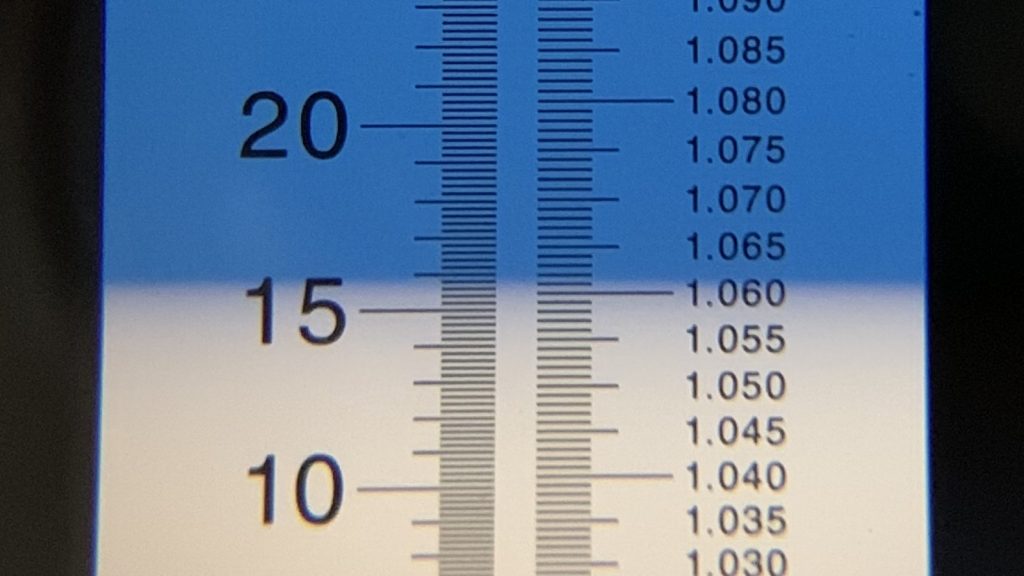
I’d kegged a Short & Shoddy Munich Dunkel the week prior to brewing this Helles Bock and left the fermenter in my 66˚F/19˚C chamber. With the wort chilled to 72˚F/22˚C, I transferred it onto the entire Imperial Yeast L13 Global yeast cake.
The fermentation vessel was placed back in my chamber where it was hooked up my CO2 capture device and left to ferment at 66°F/19°C. The time was 4:59 PM for a total brew day time of 2 hours 1 minute.
Fermentation activity was evident just 2 hours later and proceed with vigor the following few days. I took a hydrometer after 11 days, at which point activity was absent, showing FG had been reached.
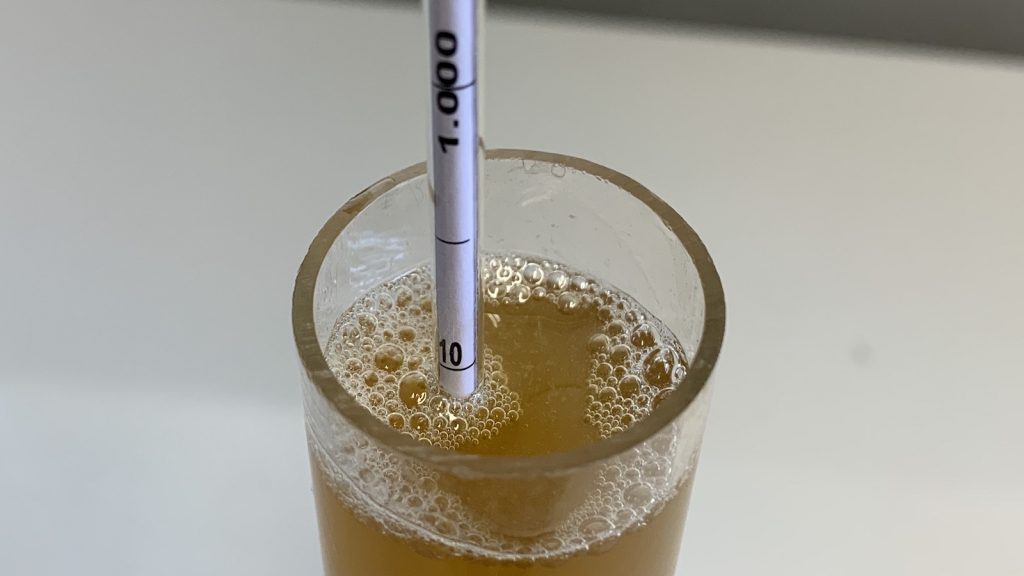
At this point, I began cold crashing by hitting the fermenter with 2 psi of CO2 and reducing the temperature of the chamber to 33°F/1°C. The following morning, I added gelatin fining then let the beer “lager” for 11 days before racking it to a keg under pressure.
The beer was placed in my keezer and burst carbonated overnight before I reduced the gas to serving pressure. After 3 days, it was mostly clear and ready to drink, which I was forced to do on my lonesome because of COVID-19. Bummed out, I ignored the beer for another week before giving it a thorough evaluation.
| RESULTS |
Due to social distancing practices as a result of the COVID-19 pandemic, data for this Short & Shoddy beer was unable to be collected in our typical manner. As such, temporary adaptations were made involving the author thoroughly evaluating the beer in as unbiased a fashion as possible.
Over the course of a weekend, I completed 3 separate evaluation sessions with this Helles Bock, each time consulting my prior notes. My goal in doing this was to condense my most consistent impressions while accounting for any possible outside factors that may have influenced my perception.
APPEARANCE
Deep gold color with a solid cap of creamy white foam that stuck around for the entire glass. Very slight chill haze that completely faded as the beer warmed; condensation on the glass does not convey clarity well.
AROMA
Notes of toasted white bread and graham cracker lead with a noticeable yet unoffensive sweet alcohol aroma playing a supportive role. No definable hop aroma detected, perhaps just a touch of wet earth with a very subtle generic floral note. No noticeable diacetyl, DMS, acetaldehyde, or phenols. I feel like I’m able to pick up a very slight fruity ester on the nose when I really dig that seems more related to alcohol content than fermentation.
FLAVOR
Very clean malt flavor that follows the graham cracker aroma with a slight touch of honey in the finish. I also perceive more earthy and floral characteristics in the flavor than I did in the aroma, which I presume to be a function of the Tettnanger hops; it’s very pleasant and pairs well with the malt flavors. Very clean fermentation character, no off-flavors typically associated with warm fermentation temperatures.
MOUTHFEEL
Medium-light body with a rather creamy mouthfeel that washes off the palate at a moderate pace. This beer is also quite dry, despite the creaminess, leaving me wanting to take another sip rather soon after swallowing the one prior. Just enough bitterness to balance the sweet malt flavors, nicely balanced in that respect. No slickness on the tongue or any other indicators of off-flavors. No warming I typically associate with higher alcohol beers, though I do perceive a very slight sharpness at the back my throat immediately after swallowing.
OVERALL IMPRESSION
From a purely style-based perspective, I feel this Short & Shoddy Helles Bock really did hit the mark, despite being at the lower end of the OG range as stated by the BJCP. It was undoubtedly malt forward with very low hop character and an incredibly clean fermentation profile. While the use of Mecca Grade Estate Malt certainly isn’t traditional, I feel it contributed a unique graham cracker note to both the aroma and flavor that I’ve rarely perceived in beer, and I really enjoyed this aspect of it. I may not be a huge fan of high ABV styles, but I wasn’t upset having this Helles Bock on tap during the quarantine.
| CONCLUSION |
Helles Bock is a relatively new German style that pairs the strength of a traditional Bock with the lightness of a Munich Helles. Being a member of the lager family, it’s traditionally brewed using methods some view as complicated such as decoction mashing, long boil lengths, cold fermentation, and extended lagering periods, all of which are said to contribute to this style’s drinkability.
Curious to see what would happen if such an approach were neglected, I brewed a Helles Bock using not-so-traditional methods including a 30 minute mash rest, 25 minute boil, warm fermentation temperature, and gelatin fining in place of longer lagering times. Despite such shoddiness, this beer ended up being rather enjoyable, aligning well with the BJCP description with no noticeable off-flavors. Given the abbreviated mash rest, my biggest concern was that I wouldn’t get good conversion, but the OG of the wort ended up being within the range listed in the BJCP guidelines. This Helles Bock was characterized by toasty and graham cracker maltiness, subtle earth and floral hop notes, and a clean fermentation profile.
Is Helles Bock going to be in my regular brewing rotation? No, but not because this was a bad example, rather I simply prefer lower ABV styles. With most of my experience with this style being old commercial bottles and a couple homebrewed examples, I’d have to say this Short & Shoddy version was among the better I’ve sampled, quite tastier than I expected. For the person who enjoys malty lagers with a boozy kick though isn’t interested in a drawn out brewing process, this may be just the ticket.
If you have thoughts about this Short & Shoddy brew, please feel free to share it in the comments section below!
Support Brülosophy In Style!
All designs are available in various colors and sizes on Amazon!
Follow Brülosophy on:
FACEBOOK | TWITTER | INSTAGRAM
If you enjoy this stuff and feel compelled to support Brulosophy.com, please check out the Support page for details on how you can very easily do so. Thanks!


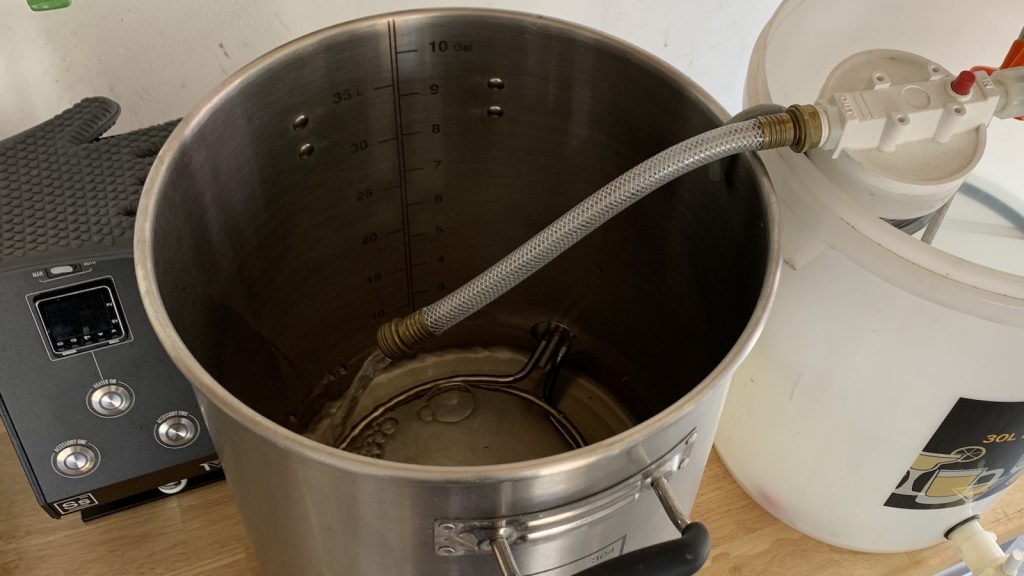
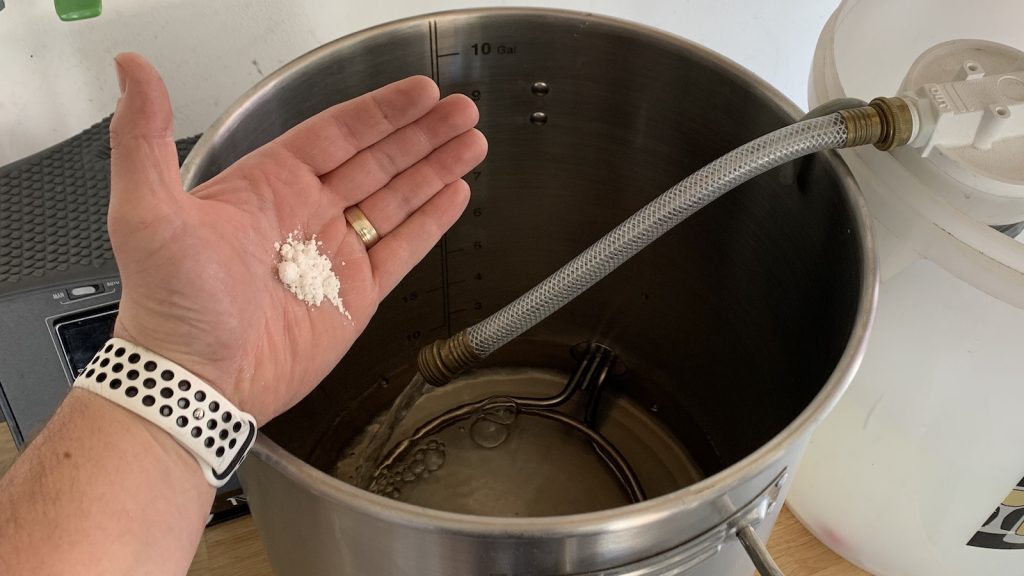
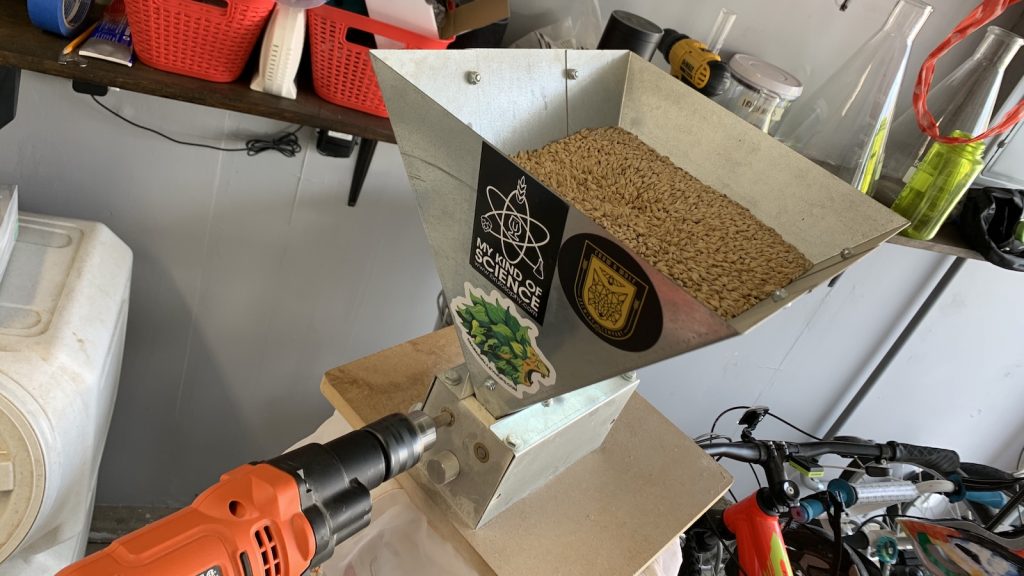
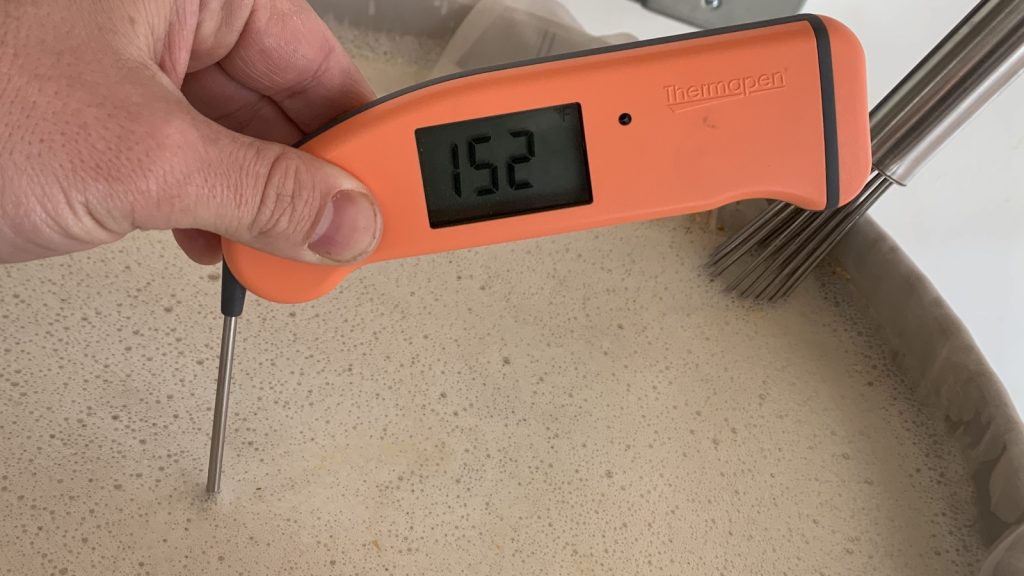

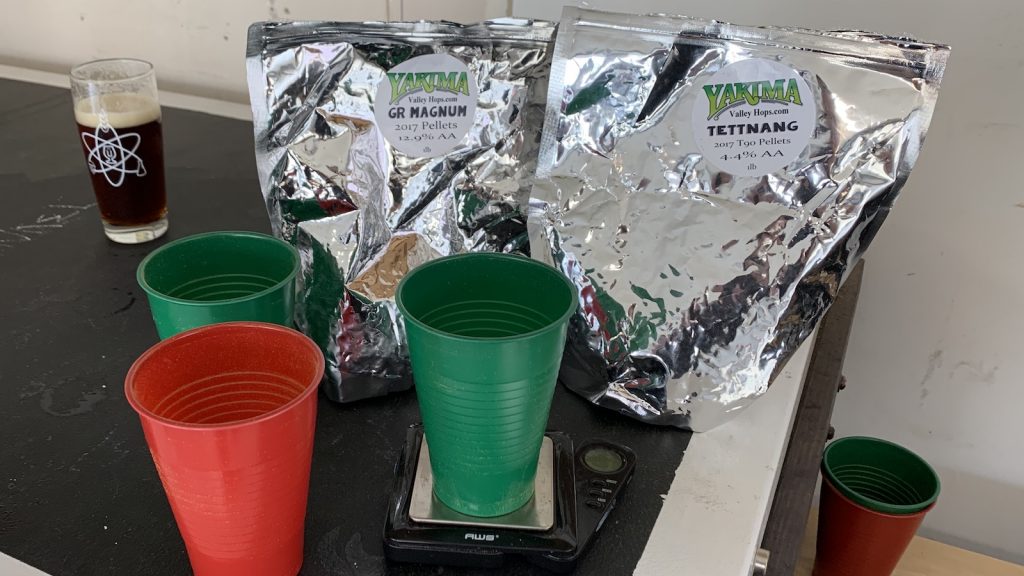
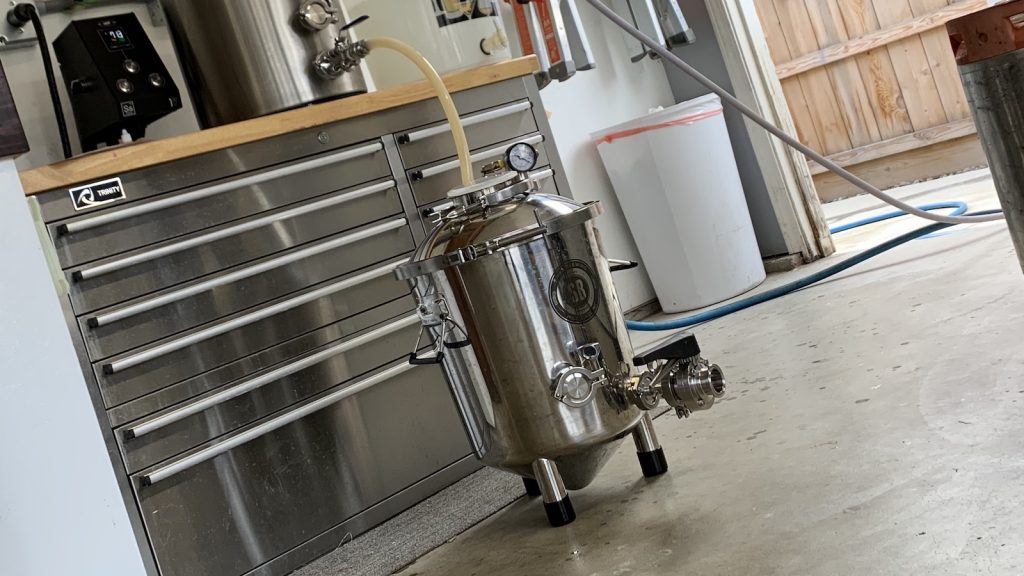
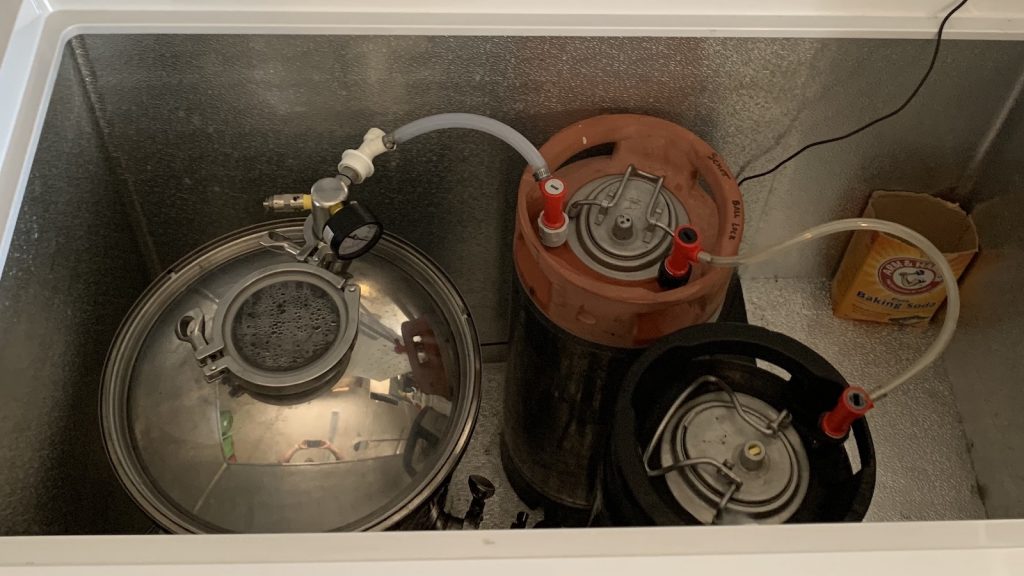
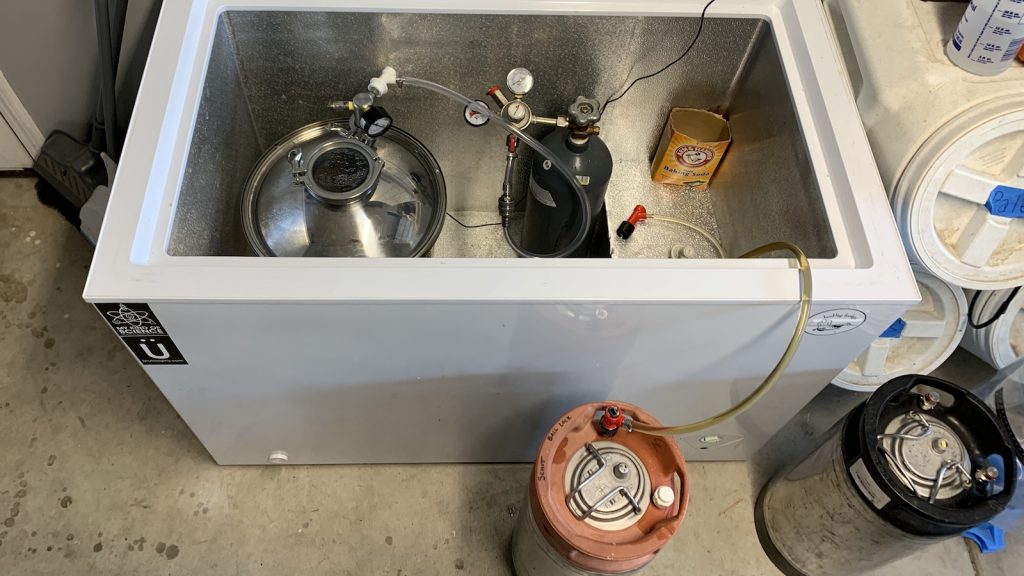
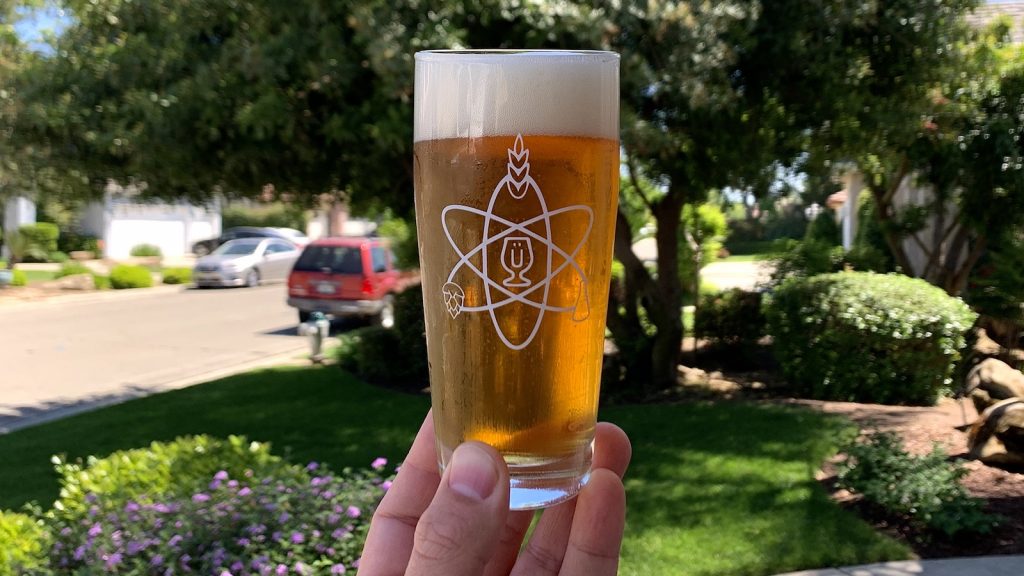











18 thoughts on “Short & Shoddy | Helles Bock”
Gotta love the Short & Shoddy approach, I use it almost exclusively with 30 min mash & boil. I may have to add this to my to brew list. I wonder how a non BJCP standard “session” Helles Bock designed around 4.5% ABV would do? Might have to see.
A “session” helles bock would be a Helles lager.
I beg to differ as the bock is twice the SRM and 50% higher IBU. By a session I was primarily referring to lowering of the alcohol only.
I have a recurring gripe about most of your Short and Shoddies. Why is the gypsum addition held in such low regard that a measurement is unnecessary?
That’s a very good looking beer Marshall, may have to add this to my brewing list for this year.
The beer fermented at 19C all the time? What dry yeast would you recommend for this beer at this temp? Thanks.
Looks good
Marshall, I tried your co2 capture device.
For some reason my fermentation never push the starsan into the next keg
Should I have filled the 1st keg with co2 first?
I don’t. It’s possible there’s a slight leak in one of your seals. I had this happen a few batches back, discovered it a day into fermentation, fixed it, and the sanitizer started to flow.
Use Fermentis 34/70 – Pretty sure it’s the same as Global.
34/70 works wonderfully at the same temp. There are more exbeeriments with it if you search the site.
Use 34\70 mate handles the temp well
Nice to read this, interesting and informative. But as others have mentioned, “short & shoddy” is pretty much a misnomer. I think you and others have amply demonstrated that a short mash time and short boil can work well, and that seems to me to be a dead horse. But I can’t view a process as “shoddy” that includes filtering water, a mineral addition (even if just eyeballed–by an experienced hand), careful temperature measurements, rapid chilling, tightly controlled fermentation temperature, relatively complex CO2 capture, controlled transfer, and gelatin fining. Much of that is more than many many careful and successful homebrewers can and/or will do in the pursuit of a good result. I don’t want to seem too critical, as I say I enjoy reading your experiences, but the consequences of a “shoddy” process isn’t what’s being examined in these brewings, imho. Personally, I’d like you to be much “shoddier” and see how good the result can be, for example as the Basic Brewing guys have often done.
Ok how’s this, I do S&S 1 gallon batches on a stove top, cooled with ice water to ~80-85, then placed in my basement where it’s 62-65 usually to ferment adding the dry yeast once it’s below 70. I cold crash in a fridge then bottle. I use tap water and add gypsum or CaCl using a 1/4 tsp as a measuring device.
UK and USA brewers really have a weird understanding of “high-alcohol”. 6.8%? That’s entry level.
No kidding. That’s the strength of an average IPA.
What Lovibond is your Munich malt there?
I made a helles bock about a year ago fermented with harvest at that same temperature. It did have a noticeable alcohol hotness to it at first but that went away after a few weeks in keg. Mine was also higher alcohol closer to 8% so I’m sure that made a difference. I was curious if your OG had been higher if you would have gotten that as well. Wonder what the OG cutoff is for L17 at that fermentation temp and hot alcohol taste.
Great work. Just one question. Is it better to store the yeast cake at cold temperature ? When reading about yeast harvesting i always see storage temperatures about 1-5⁰C.